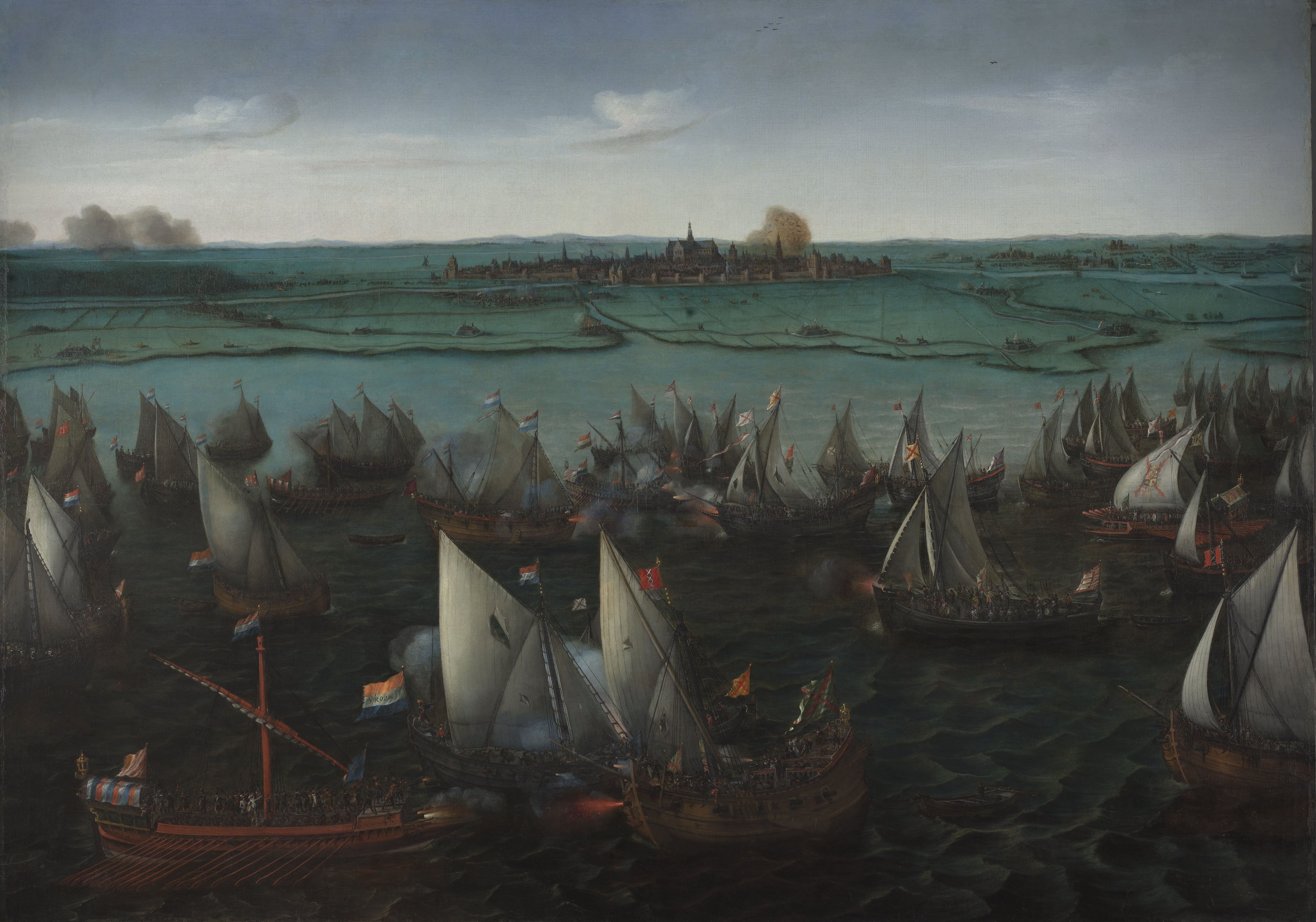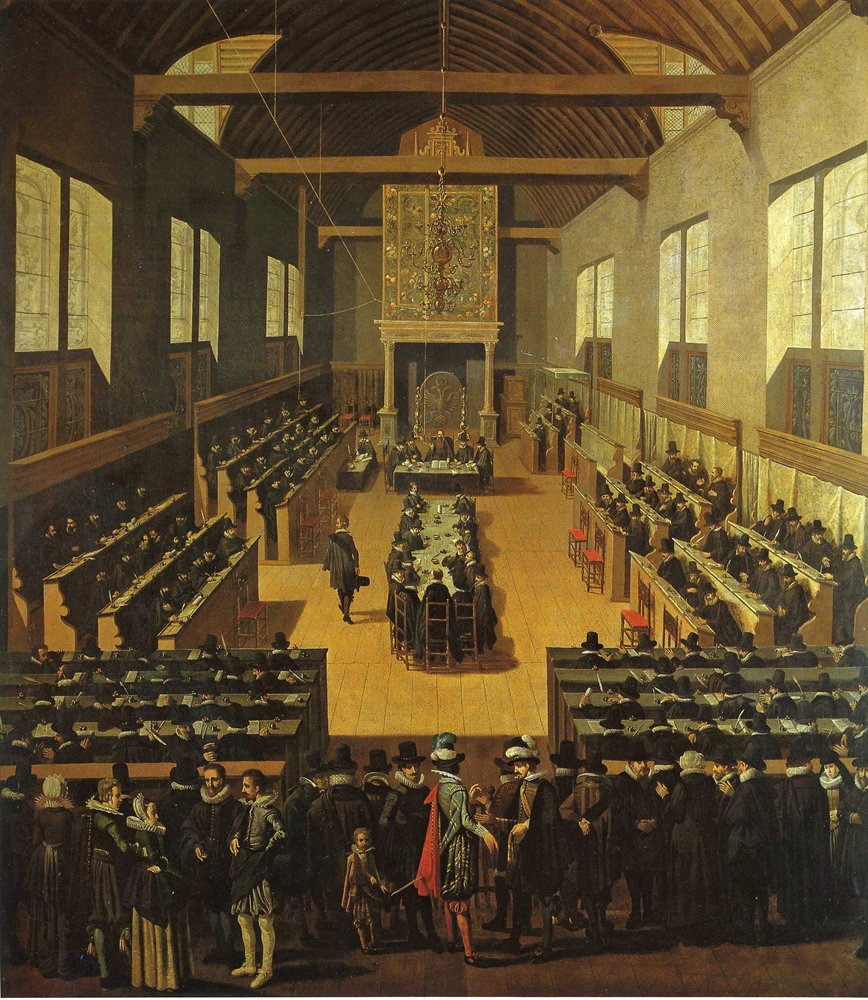|
Ravesteyn Castle
Ravesteyn Castle (Dutch: Kasteel Ravesteyn or Slot Heenvliet) is a castle in Heenvliet, South Holland. The castle was likely built circa 1250, and was in use until being destroyed during the Eighty Years' War. The castle ruins are part of a protected garden. Description Ravesteyn Castle was built in the mid-13th century by Hugo, Lord of Heenvliet. Ravensteyn Castle was one of 5 fortified structures built in the area and would be the only one to survive. The two story castle was occupied for several centuries. A residential wing was added to the castle in the 14th-century, and that same century the fortification burned to its foundations before being rebuilt. The castle continued to serve as a prison and military fortification during the 16th-century; notably, one source noted that Dutch priest Angelus Merula was once imprisoned in the castle. The castle was intentionally destroyed in 1572 by Dutch Sea Beggars ''Geuzen'' (; ; ) was a name assumed by the confederacy of Calvi ... [...More Info...] [...Related Items...] OR: [Wikipedia] [Google] [Baidu] [Amazon] |
Heenvliet
Heenvliet is a town in the Dutch province of South Holland. It is a part of the municipality of Nissewaard, and lies about 7 km south of Maassluis, on the Brielse Maas. Heenvliet was a separate municipality until 1980, when it became part of Bernisse. In 2001, the town of Heenvliet had 2,675 inhabitants. The built-up area of the town was 0.36 km2, and contained 1,064 residences.Statistics Netherlands (CBS), ''Bevolkingskernen in Nederland 2001'. Statistics are for the continuous built-up area. The wider statistical district of Heenvliet, which covers that part of the "Polder A polder () is a low-lying tract of land that forms an artificial hydrology, hydrological entity, enclosed by embankments known as levee, dikes. The three types of polder are: # Land reclamation, Land reclaimed from a body of water, such as a ... Heenvliet" that is in Bernisse, has a population of around 2,700.Statistics Netherlands (CBS), ''Gemeente Op Maat 2004: Bernisse' The historic ruin ... [...More Info...] [...Related Items...] OR: [Wikipedia] [Google] [Baidu] [Amazon] |
Netherlands
, Terminology of the Low Countries, informally Holland, is a country in Northwestern Europe, with Caribbean Netherlands, overseas territories in the Caribbean. It is the largest of the four constituent countries of the Kingdom of the Netherlands. The Netherlands consists of Provinces of the Netherlands, twelve provinces; it borders Germany to the east and Belgium to the south, with a North Sea coastline to the north and west. It shares Maritime boundary, maritime borders with the United Kingdom, Germany, and Belgium. The official language is Dutch language, Dutch, with West Frisian language, West Frisian as a secondary official language in the province of Friesland. Dutch, English_language, English, and Papiamento are official in the Caribbean Netherlands, Caribbean territories. The people who are from the Netherlands is often referred to as Dutch people, Dutch Ethnicity, Ethnicity group, not to be confused by the language. ''Netherlands'' literally means "lower countries" i ... [...More Info...] [...Related Items...] OR: [Wikipedia] [Google] [Baidu] [Amazon] |
South Holland
South Holland ( ) is a province of the Netherlands with a population of over 3.8 million as of January 2023 and a population density of about , making it the country's most populous province and one of the world's most densely populated areas. Situated on the North Sea in the west of the Netherlands, South Holland covers an area of , of which is water. It borders North Holland to the north, Utrecht and Gelderland to the east, and North Brabant and Zeeland to the south. The provincial capital is the Dutch seat of government The Hague, while its largest city is Rotterdam. The Rhine-Meuse-Scheldt delta drains through South Holland into the North Sea. Europe's busiest seaport, the Port of Rotterdam, is located in South Holland. History Early history Archaeological discoveries in Hardinxveld-Giessendam indicate that the area of South Holland has been inhabited since at least c. 7,500 years before present, probably by nomadic hunter-gatherers. Agriculture and permanent settlemen ... [...More Info...] [...Related Items...] OR: [Wikipedia] [Google] [Baidu] [Amazon] |
Eighty Years' War
The Eighty Years' War or Dutch Revolt (; 1566/1568–1648) was an armed conflict in the Habsburg Netherlands between disparate groups of rebels and the Spanish Empire, Spanish government. The Origins of the Eighty Years' War, causes of the war included the Reformation, Centralised state, centralisation, excessive taxation, and the rights and privileges of the Dutch nobility and cities. After Eighty Years' War, 1566–1572, the initial stages, Philip II of Spain, the sovereign of the Netherlands, deployed Army of Flanders, his armies and Eighty Years' War, 1572–1576, regained control over most of the rebel-held territories. However, Spanish Fury, widespread mutinies in the Spanish army caused a general uprising. Under the leadership of the exiled William the Silent, the Catholic and Protestant-dominated provinces sought to establish religious peace while jointly opposing the king's regime with the Pacification of Ghent, but the Eighty Years' War, 1576–1579, general rebelli ... [...More Info...] [...Related Items...] OR: [Wikipedia] [Google] [Baidu] [Amazon] |
Angelus Merula
'' The Angelus'' (1857–1859) by Jean-François Millet The Angelus (; Latin for "angel") is a Catholic devotion commemorating the Incarnation of Christ. As with many Catholic prayers, the name ''Angelus'' is derived from its incipit—the first few words of the text: ("The Angel of the Lord declared unto Mary"). The devotion is practised by reciting as versicle and response three Biblical verses narrating the mystery, alternating with the prayer "Hail Mary". The Angelus exemplifies a species of prayers called the "prayer of the devotee". The devotion is traditionally recited in Roman Catholic churches, convents, monasteries and by the faithful three times a day: in the morning, at noon and in the evening (usually just before or after Vespers). The devotion is also observed by some Western Rite Orthodox, Lutheran, and Anglican churches. The Angelus is usually accompanied by the ringing of the Angelus church bells, which is a call to prayer and to spread goodwill to ever ... [...More Info...] [...Related Items...] OR: [Wikipedia] [Google] [Baidu] [Amazon] |
Sea Beggars
''Geuzen'' (; ; ) was a name assumed by the confederacy of Calvinist Dutch nobles, who from 1566 opposed Spanish rule in the Netherlands. The most successful group of them operated at sea, and so were called ''Watergeuzen'' (; ; ). In the Eighty Years' War, the Capture of Brielle by the ''Watergeuzen'' in 1572 provided the first foothold on land for the rebels, who would conquer the northern Netherlands and establish an independent Dutch Republic. They can be considered either as privateers or pirates, depending on the circumstances or motivations. Origin of the name The leaders of the nobles who signed a solemn league known as the Compromise of Nobles, by which they bound themselves to assist in defending the rights and liberties of the Netherlands against the civil and religious despotism of Philip II of Spain, were Louis of Nassau and Hendrick van Brederode. On 5 April 1566, permission was obtained for the confederates to present a petition of grievances, called the Reque ... [...More Info...] [...Related Items...] OR: [Wikipedia] [Google] [Baidu] [Amazon] |
Dutch Revolt
The Eighty Years' War or Dutch Revolt (; 1566/1568–1648) was an armed conflict in the Habsburg Netherlands between disparate groups of rebels and the Spanish government. The causes of the war included the Reformation, centralisation, excessive taxation, and the rights and privileges of the Dutch nobility and cities. After the initial stages, Philip II of Spain, the sovereign of the Netherlands, deployed his armies and regained control over most of the rebel-held territories. However, widespread mutinies in the Spanish army caused a general uprising. Under the leadership of the exiled William the Silent, the Catholic and Protestant-dominated provinces sought to establish religious peace while jointly opposing the king's regime with the Pacification of Ghent, but the general rebellion failed to sustain itself. Despite Governor of Spanish Netherlands and General for Spain, the Duke of Parma's steady military and diplomatic successes, the Union of Utrecht continued ... [...More Info...] [...Related Items...] OR: [Wikipedia] [Google] [Baidu] [Amazon] |
Castles In The Netherlands
This is a list of castles in the Netherlands per province. Overview of castles in the Netherlands Drenthe See also ''List of havezates in Drenthe'' Flevoland Friesland See ''List of stins in Friesland'' Gelderland Groningen See ''List of borgs in Groningen (province)'' Limburg North Brabant North Holland Overijssel South Holland Utrecht See also ''List of manors in Utrecht'' Zeeland See also *List of castles *List of borgs in Groningen (province) *List of havezates in Drenthe *List of manors in Utrecht *List of stins in Friesland *List of castles and châteaux in Belgium *List of castles in France *List of castles in Germany *List of castles in Luxembourg References *Helsdingen, H.W. van, ''Gids voor de Nederlandse kastelen en buitenplaatsen'', Amsterdam 1966 *Kransber, D. & H. Mils, ''Kastelengids van Nederland, middeleeuwen'', Bussem 1979 () *Kalkwiek, K.A., A.I.J.M. Schellart, H.P.H. Jansen & P.W. Geudeke, ''Atlas van de Nederlandse kastelen'', Alphen a ... [...More Info...] [...Related Items...] OR: [Wikipedia] [Google] [Baidu] [Amazon] |




